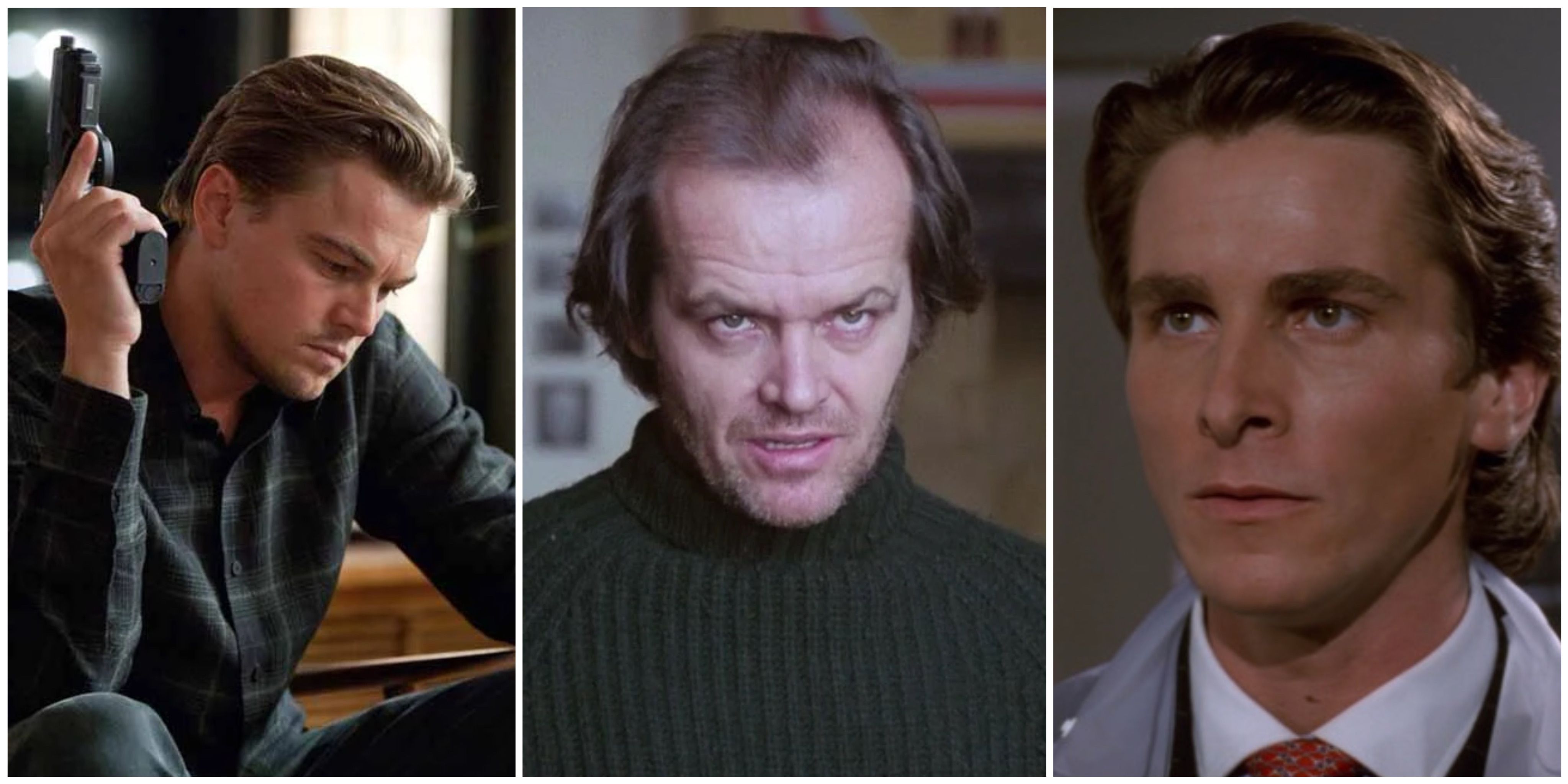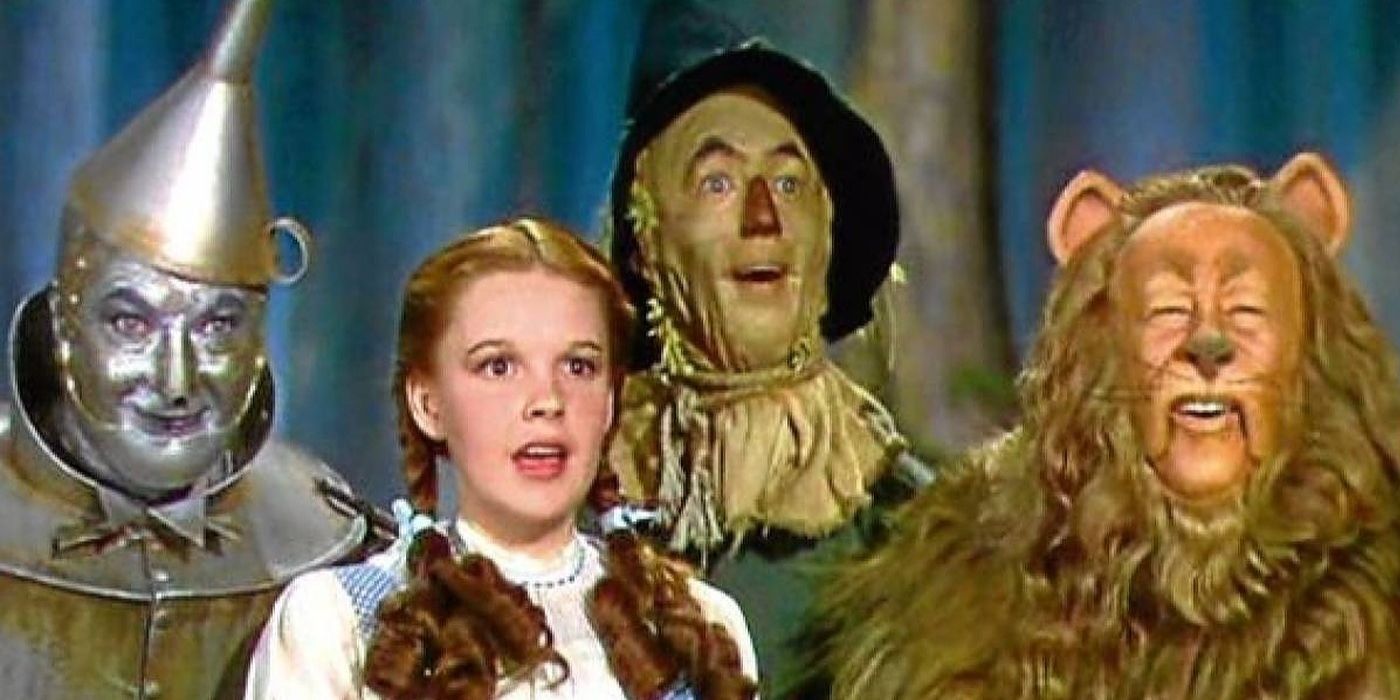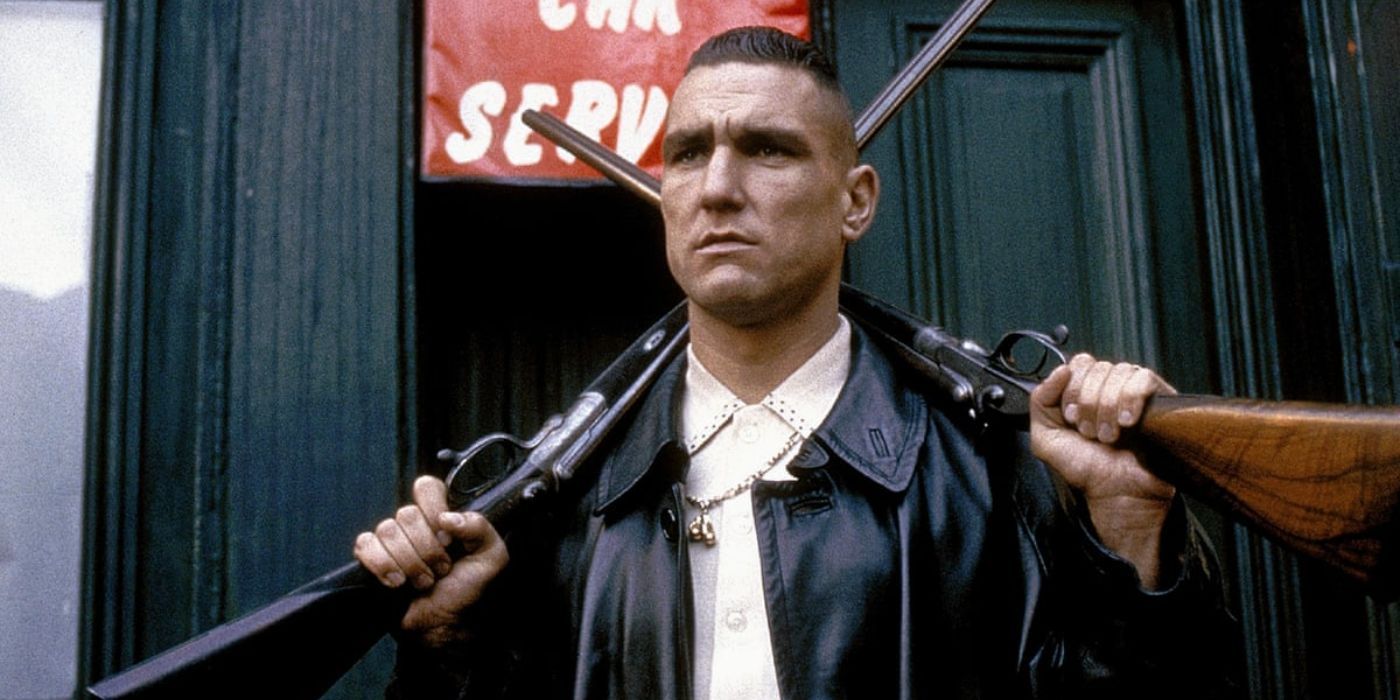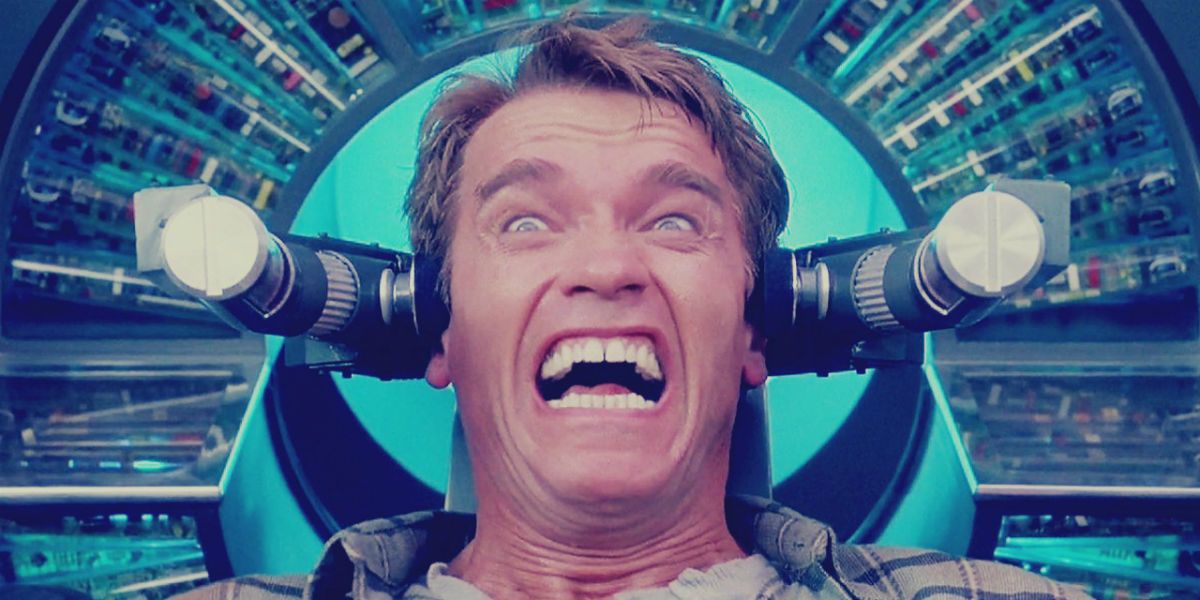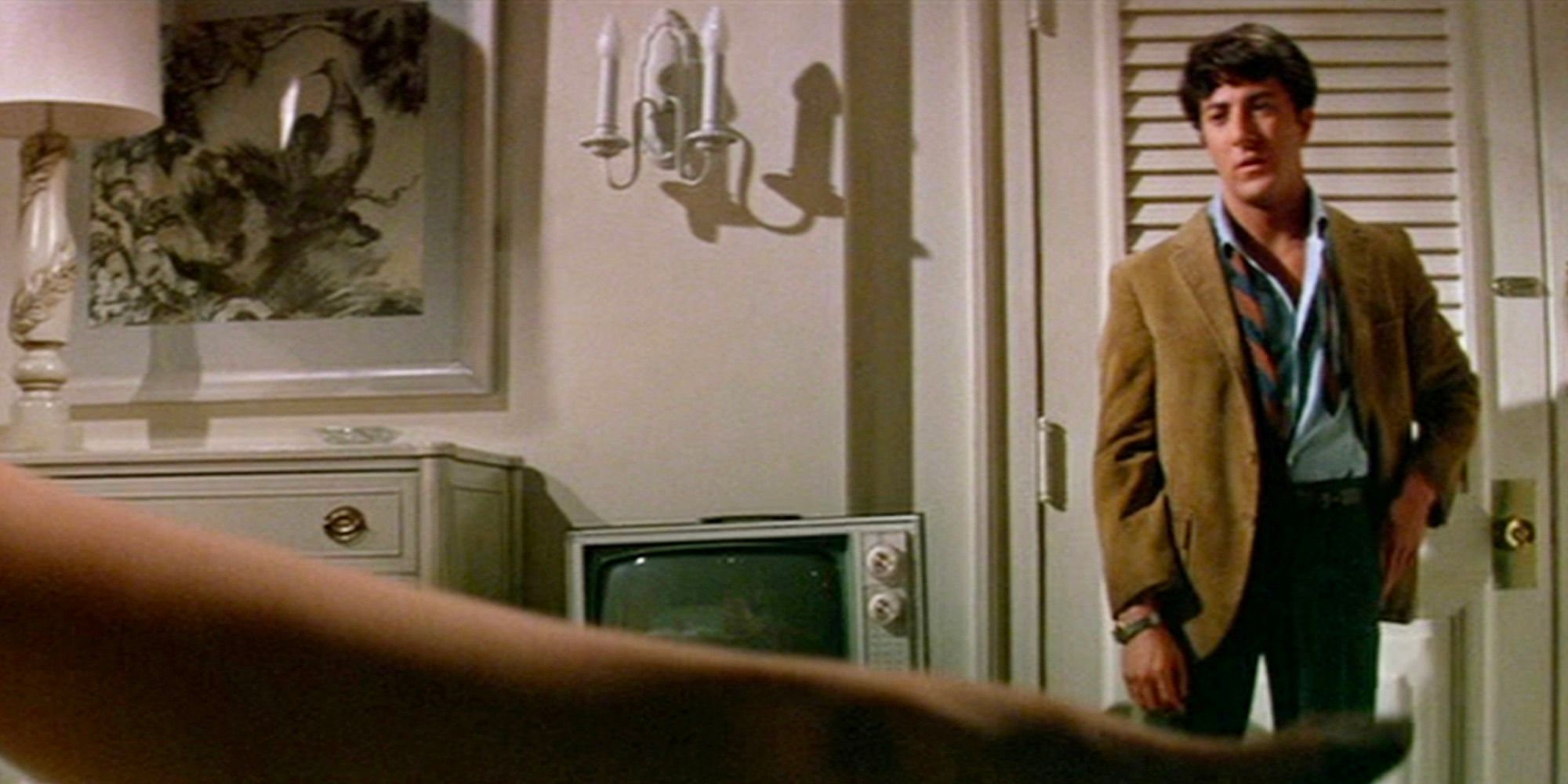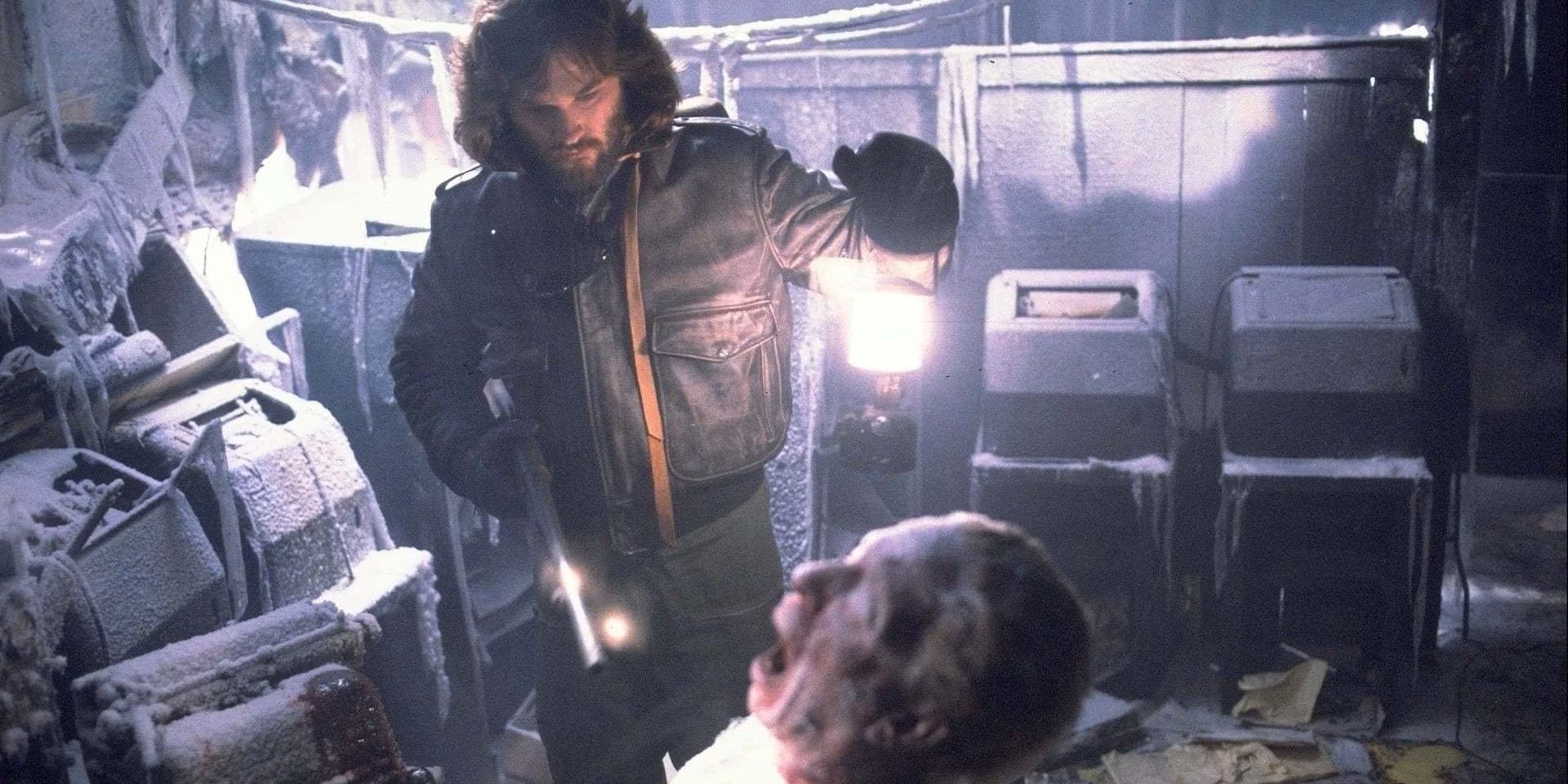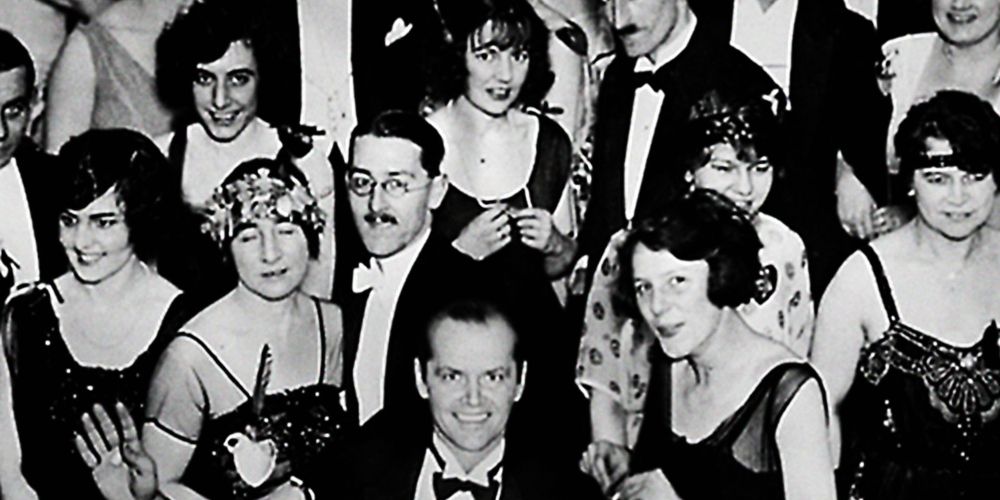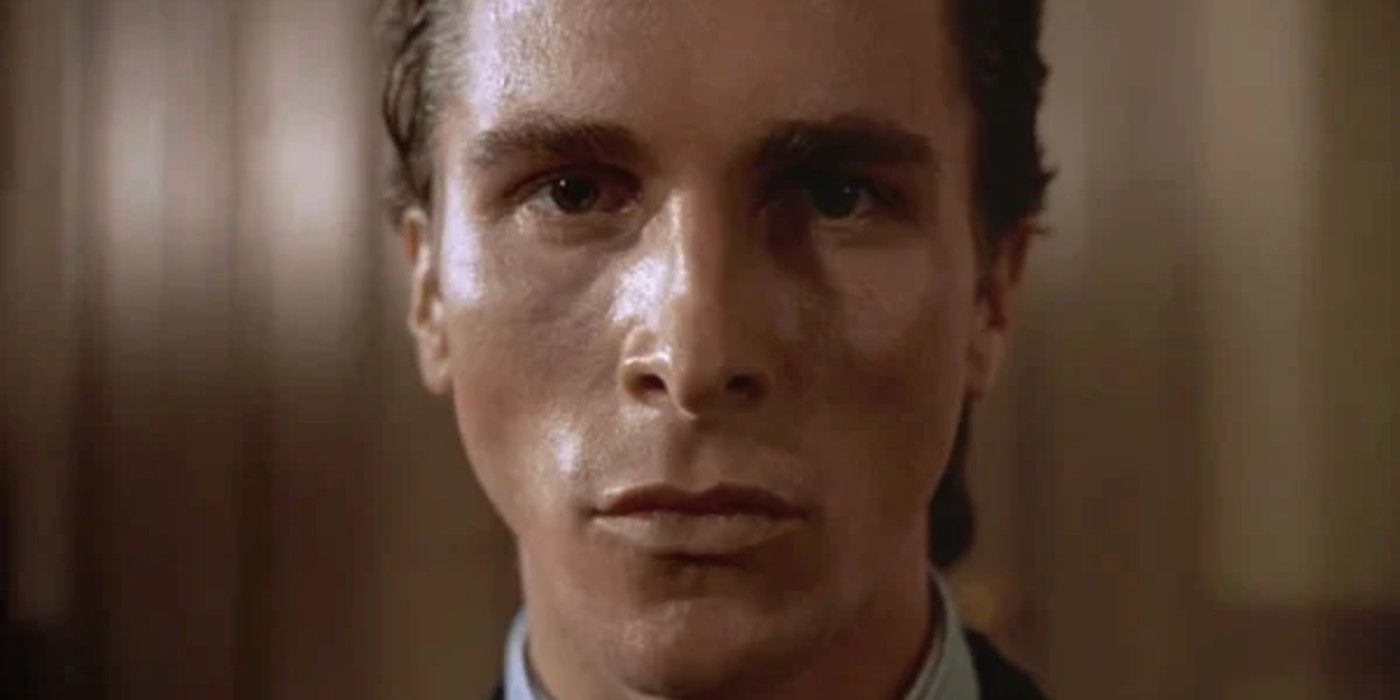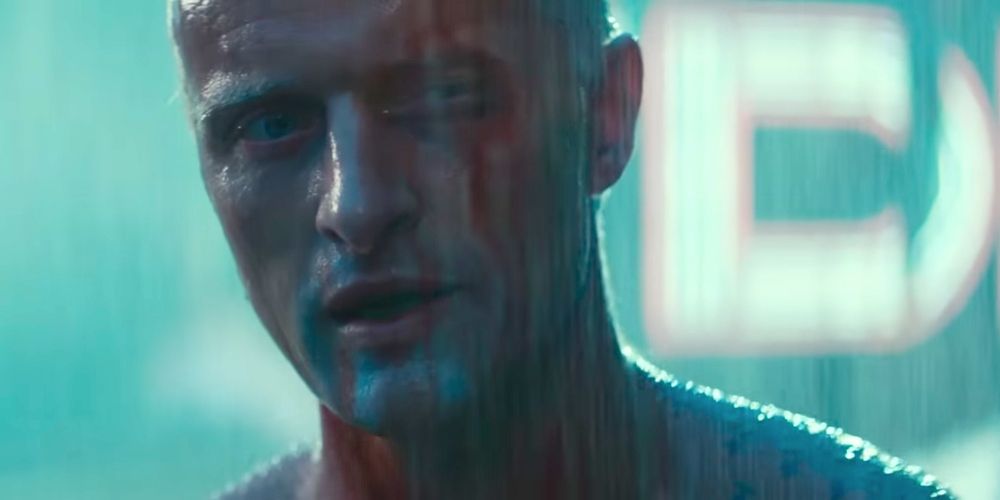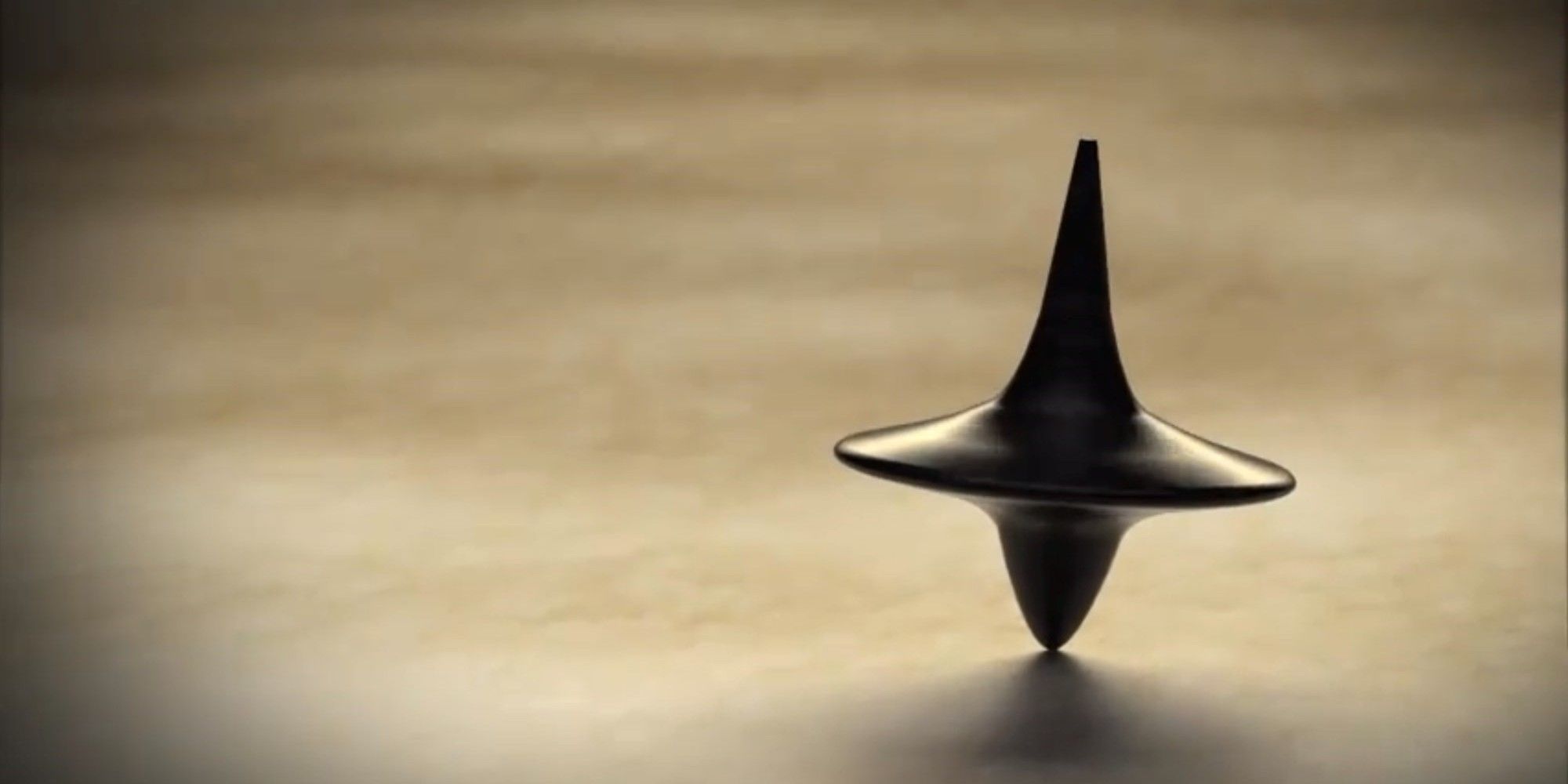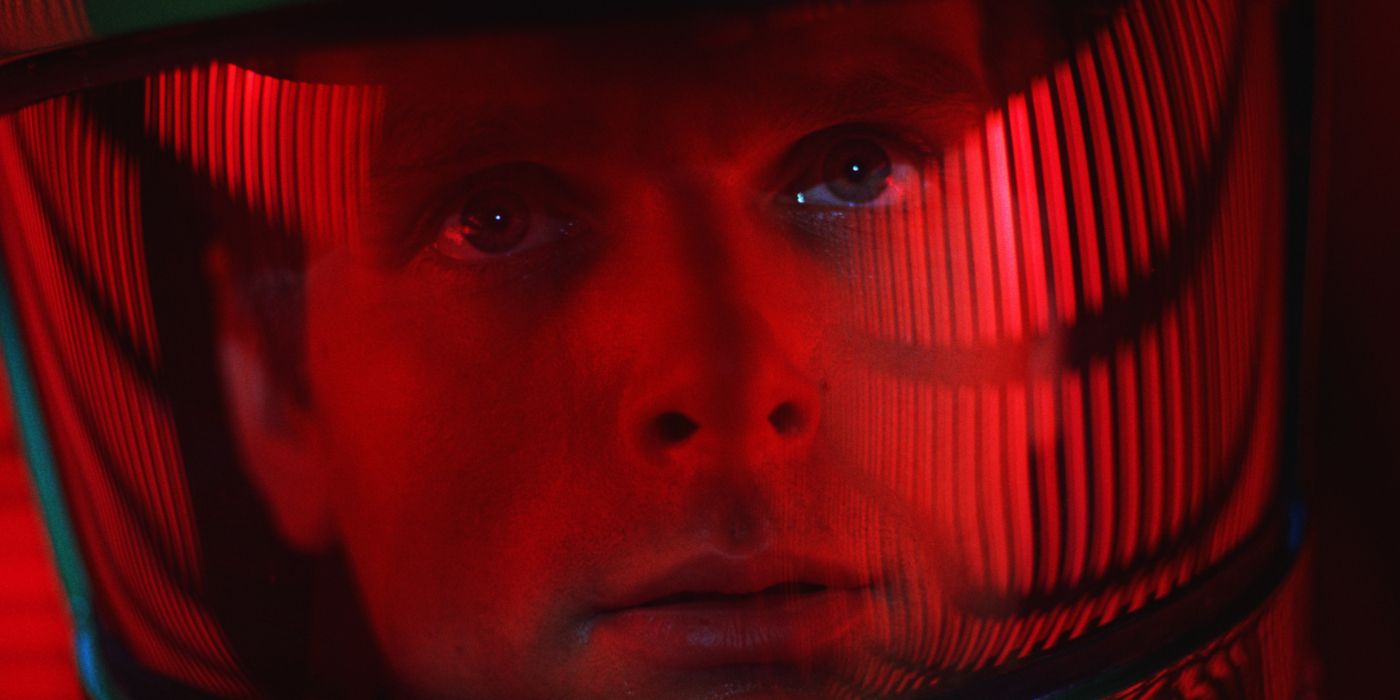Moviegoers have been conditioned to know what to expect when watching a movie. There will be an initial conflict that leads to a climax and eventually everything will get tied up in a big happy ending. But sometimes a filmmaker will deny audiences that closure they’ve been taught to anticipate. These are the movies with endings that will keep audiences thinking about them long after the credits have rolled.
There’s something about purposefully being denied closure that’s so effective. The lack of conclusion causes audiences to draw their own conclusions to satisfy that itch. What makes these movies great is they include the viewer as part of the story - they get to determine what happens next.
10 Was The Wizard of Oz Just A Dream?
The Wizard of Oz exists in a league of its own as far as legendary status goes. Every child has seen this timeless tale of Dorothy Gale and her dog Toto being whisked away to the magical Land of Oz where they meet a plethora of strange characters, including the Scarecrow, the Cowardly Lion and the Tin Man.
By the movie’s end, when Dorothy wakes back in her bed in Kansas, audiences are left to wonder, was it all a dream? Did Dorothy really travel to Oz or was it just part of her imagination? In the book, it’s very clear that Oz was indeed a real place, but as far as the movie, well that’s up to the viewer.
9 Did Tom Ditch The Shotguns In Lock, Stock, and Two Smoking Barrels?
Lock, Stock, and Two Smoking Barrels was the directorial debut of Guy Ritchie and launched the careers of Vinnie Jones and Jason Statham. The movie is stylish, raw, funny, and underrated.
When Tom loses £500,000 to a crime lord, he and his friends decide to rob a small-time gang to pay back the debt. Part of the loot is two antique shotguns, whose value unknowingly exceeds the cash, but Tom wants to dispose of them as they are evidence.
Tom is about to drop the shotguns into a river when he gets a phone call to try and inform him of the guns’ value. The movie then abruptly ends, leaving audiences to decide for themselves what happens next.
8 Was Any Of Total Recall Real?
In Total Recall, Arnold Schwarzenegger’s character visits a facility to implant a non-existent memory of a mission to Mars he keeps having recurring dreams of. During the procedure, he learns he’s really a secret agent and his dreams are actually memories from his past.
In the end, like in most action films, the main character beats the bad guy and gets the girl, but audiences are left to wonder, was any of that real? The ending to Total Recall is in many ways similar to the ending of The Wizard of Oz. Audiences are meant to question whether what they just saw actually happened, or if it was all just a dream.
7 The Graduate Doesn't End Like Most Romantic Movies
The Graduate tells the story of Benjamin, played by Dustin Hoffman, who tries to woo Elaine, the daughter of Mrs. Robinson, whom he’s having an affair with. The Graduate is a romantic comedy that doesn’t glorify the classic tropes of romantic films.
The movie doesn’t end with the story being tied up in a romantic bow. It’s a realistic depiction of relationships, the awkwardness, the confusion, and ultimately, the uncertainty. After Benjamin wrecks Elaine’s planned marriage, the two run off and elope on a bus excited about their future. After a few seconds, their smiles slowly start to fade as they look at one another with uncertainty, questioning if they made the right choice or not.
6 The Uncertainty Is What Makes John Carpenter's The Thing So Terrifying
John Carpenter’s The Thing is not only one of the greatest remakes, but it’s also one of the greatest horror movies ever made, and its ending is largely responsible for that. The movie’s premise is simple: a shape-shifting alien is on the loose in a remote Arctic base.
The Thing is a horror movie that understands the only thing people fear more than what they know is what they don’t. By the end, there are only two survivors, sitting outside the destroyed base trying to stay warm. The sense that everything is over quickly dissipates once they realize either one of them could be the shape-shifting alien. It’s the uncertainty that makes this ending so terrifying.
5 What Does The Shining's Ending Mean?
Legendary director Stanley Kubrick is well known for the ambiguous endings in his films, and The Shining might be his most puzzling. This Stephen King adaptation follows Jack Torrance as he descends into madness and attempts to murder his wife and son at the infamous Overlook Hotel.
The film’s climax ends with Jack following his son through a maze during a snowstorm, eventually getting lost and freezing to death. But the final shot shows a photograph of Jack partying with guests at the Overlook decades before the film takes place. What does it mean? Who’s to say? Despite countless theories, nobody has a definitive answer to what the film’s ending means…exactly how Kubrick intended.
4 American Psycho's Ending Will Have Viewers Questioning Everything
American Psycho is a psychological thriller that follows Patrick Bateman, a Wall Street yuppie obsessed with how he’s perceived who also happens to be a cold-blooded serial killer. Or is he?
The movie ends with Bateman confessing to a colleague that he murdered co-worker Paul Allen, as well as many others, only for the colleague to laugh it off telling Batman that Paul Allen is still alive, and they just had dinner together. Audiences are then left to wonder, was any of that real? Did Bateman actually kill those people, or was it all in his head? The uncertainty is what makes this ending so chilling.
3 Blade Runner Raises More Questions Than It Answers
The original ending to the cult classic Blade Runner didn’t include an ambiguous ending. Instead, the film concluded with a clumsy clichéd happy ending that failed to leave an impression. That is until the release of Ridley Scott's Director’s Cut where the ending raises more questions than it answers.
After Rick Deckard’s confrontation with replicant Roy Batty, he returns to his apartment to find an origami unicorn left by Gaff. The thing is, the unicorn had only appeared in Deckard’s dreams, so how does Gaff know about it? Does this mean Deckard is a replicant himself? The movie ends with this important question unanswered and has been debated by fans for 40 years.
2 Inception's Ending Is Iconic
Christopher Nolan is another director who enjoys ending his films with ambiguity rather than a definitive answer. Inception, a movie about dreams inside of dreams where a “totem” determines if you’re in reality or not, has one of the most famous ambiguous endings of all time.
In the end, Cobb finally makes it back home to his kids, but before he joins them, he wants to make sure what he’s not in a dream. Cobb spins his totem,a top, on the table but walks off before seeing what happens. The totem begins to wobble just before the screen cuts to black, never letting the audience know the answer. Was it real, or was he still dreaming?
1 2001: A Space Odyssey Is Entirely Ambiguous
Perhaps the best way of describing Stanley Kubrick’s 2001: A Space Odyssey is that its poetry put to film. The beauty of the movie is that it’s entirely ambiguous, Kubrick is merely offering the viewer visuals and any meaning is determined for themselves. Kubrick raises questions about artificial intelligence, human evolution, and the trajectory of the human race, but offers no answers.
The movie lacks resolution and has no clear narrative, the only thing tying this movie together is a large black monolith that randomly appears. Its origins aren’t explained nor are its meaning, leading to countless interpretations that are all valid. What’s the point of the film then? What does it all mean? It’s entirely up to the viewer.

